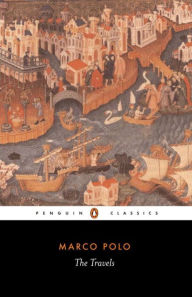Charles A. Lindbergh (1902-1974) grew up in Little Falls, Minnesota. He learned to fly around the age of twenty, and developed his aviation skills as a barnstormer and airmail pilot. Two years after his trans-Atlantic voyage in 1927, Lindbergh married Anne Spencer Morrow, who would later become a bestselling author. A world-famous aviator, Lindbergh served as an aircraft consultant to the Ford Motor Company and the United Aircraft Corporation during World War Two. He was appointed brigadier general in the air force reserve in 1954.
Reeve Lindbergh is the author of several books for adults and children. They include the memoir of her childhood and youth, Under a Wing, No More Words, a description of the last years of her mother, Anne Morrow Lindbergh, and Forward From Here, a memoir about entering her sixties. She lives with her husband, Nat Tripp, and several animals on a farm in northern Vermont.











